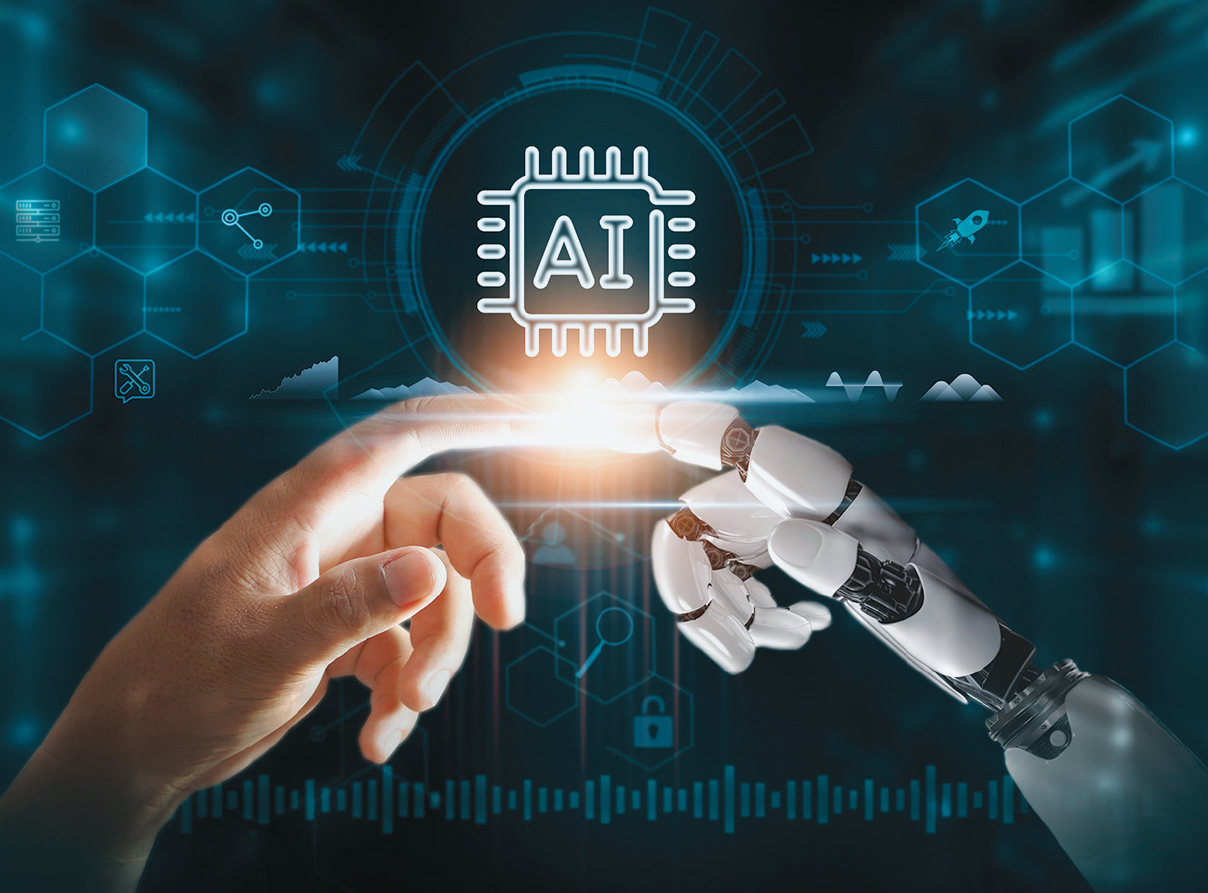 The biggest buzz within the learning and development space these days is artificial intelligence (AI), or actually “generative AI.” It is likely the most discussed topic across all industries and regarding all roles.
The biggest buzz within the learning and development space these days is artificial intelligence (AI), or actually “generative AI.” It is likely the most discussed topic across all industries and regarding all roles.
Corporate leaders are trying to figure out how this relatively new advancement will affect their business. How does it affect products or services? What about the impact on current team members? How does it change existing roles and responsibilities or the need for future roles?
Since it is our job, as trainers, to develop the future pipeline, how does AI affect the way that we develop our leaders?
There are really two components within this question:
- What do we need to teach our leaders regarding AI and how they should use it to be more efficient, more impactful and to drive greater business outcomes?
- How and where do we incorporate it into our learning design for leadership development to make leaders more impactful?
Developing Leaders With AI
Let’s start with what we need to teach our leaders about AI so that they can start to adopt and employ this technology for the benefit of the business. If you are not already incorporating this into your leadership development curriculum, here are some components, at a high level for you to consider:
- Understanding the fundamentals of AI: What is AI and how does it work? What are the types of platforms and applications that are out there?
- Areas for application: What are the use cases where it is already being incorporated within your company (such as omnichannel execution, drug discovery, and development and operational efficiencies)? What may be future opportunities for use?
- The value proposition: What is the value that AI is already bringing to your business (like increased speed, more personalized approach or greater efficiency)?
- Considerations about use: Are there ethical or compliance considerations (data privacy or data security)? What about AI bias (after all, the output is based upon the data it is drawing upon)? What about accuracy?
If you simply start here, you are already raising the business acumen of your leaders and improving their ability to strategically navigate their future business. But teaching them about AI is only part of the journey. The other part is to determine how your training team will use AI to implement a more impactful leadership development curriculum.
Understanding AI’s Potential
The first step as a training leader is to understand where AI may provide value in the design and execution of training:
- Personalized learning: By analyzing individual learning styles and performance data, generative AI can create customized training content tailored to each leader’s needs, ensuring more effective learning and better retention of information. This is the premise of adaptive learning systems, but AI is what makes it possible.
What’s more is that this sort of personalization can now be incorporated into platforms that can raise leadership skills in areas such as coaching, feedback, goal setting and communications.
- Scalability: AI can increase the amount of content that your trainers can create. While in many ways it may not fully be at the point where it can create all final course content (such as PowerPoint slides and elearning), it is certainly heading in that direction.
- Cost efficiency: Having AI systems to help develop training content can speed up implementation, saving time and money. In the right circumstances, it may even prevent the need to use external resources for training content creation.
Additionally, it can make existing platforms more impactful by personalizing the approach for each user.
Many of the current platforms that we use with leadership development are now successfully incorporating AI. These include coaching platforms, adaptive learning platforms, learning libraries and even LXP platforms. The objective is to provide a more personalized approach for the learner. Additionally, there are now a myriad of AI platforms that your trainers can start using to generate leadership content, including Open AI's GPT-4, Google's Bard and Microsoft’s Azure. Finally, you will also start to see (if you are not already aware) that existing content development platforms have started incorporating AI.
Conclusion
AI is no longer the future. It is here today and, as training heads, we need to ensure that our leaders understand it and how to take advantage of it. Additionally, we need to have clarity on how to use it within our own training departments to optimize the design of curricula, such as leadership development, so that we can achieve better (and measurable) outcomes.
Oh, and by the way, I used AI quite a bit to help me with the content for this article.